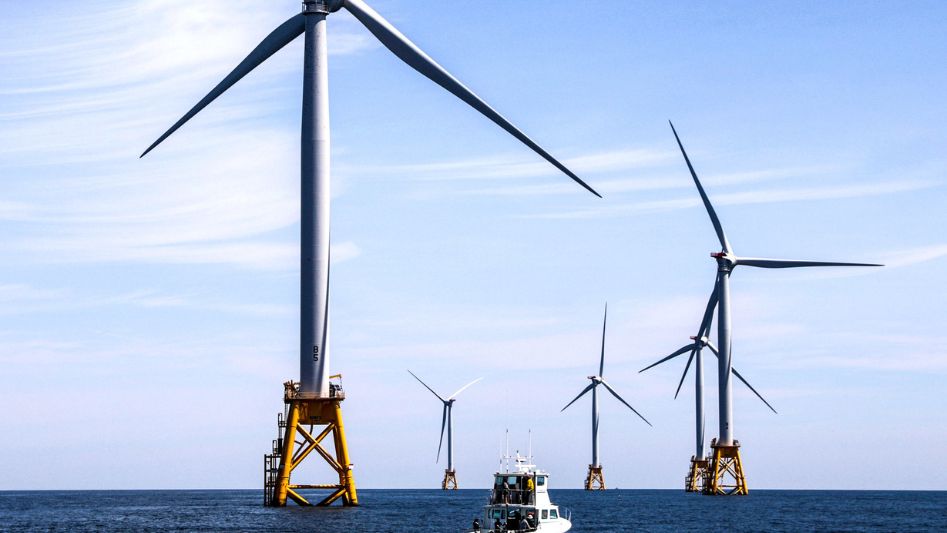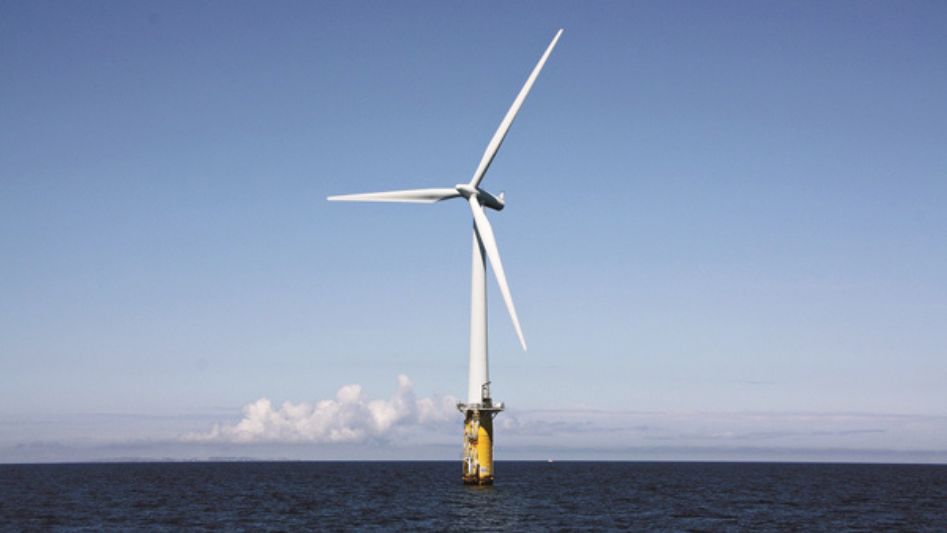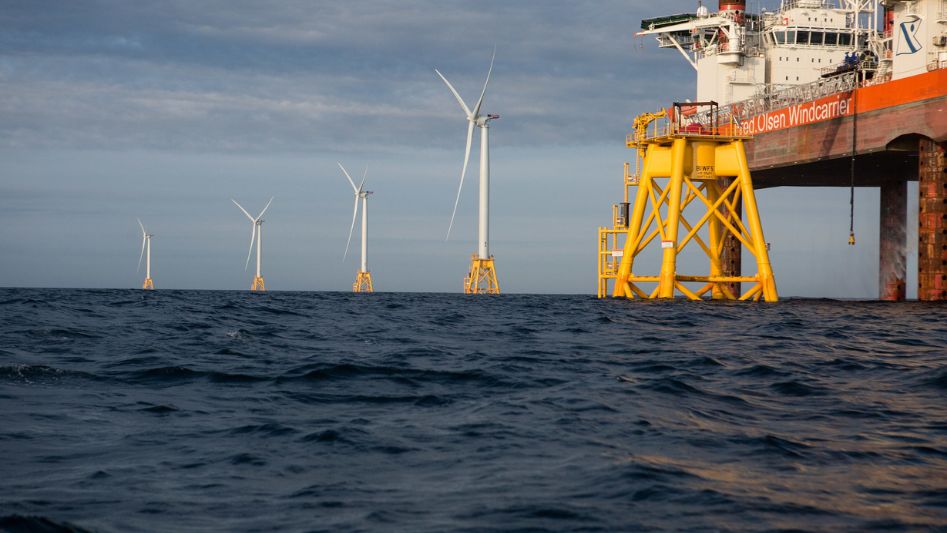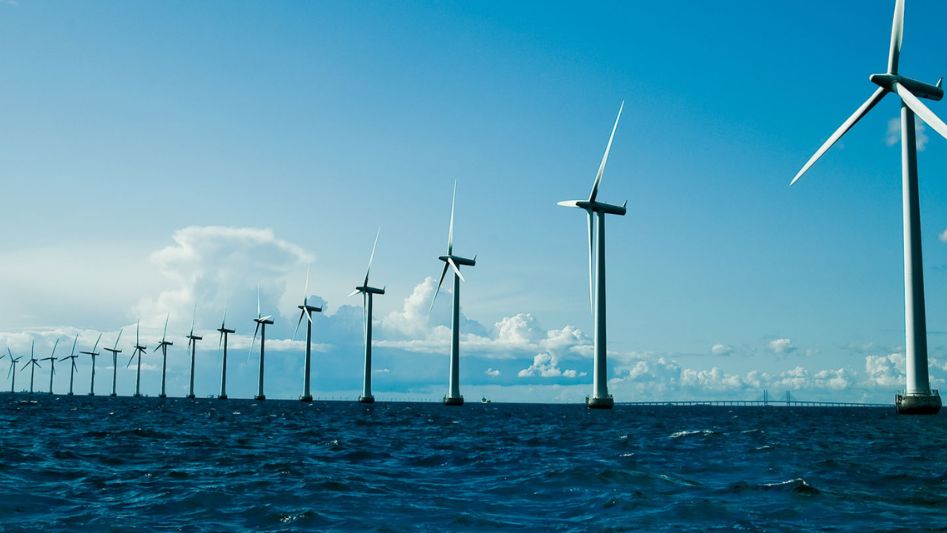Offshore wind farms have emerged as a vital component of the global shift towards cleaner and more sustainable energy sources. These expansive installations of wind turbines located in the open sea harness the power of the wind to generate electricity. One of the significant advantages of offshore wind farms is their potential to provide abundant, renewable energy to coastal communities while minimizing environmental impacts. In this article, we will explore the benefits, challenges, and future prospects of offshore wind farms in powering coastal communities with clean energy.
Table Of Content
We invite you to read: “Sailing Towards Sustainability: The Rise of Offshore Wind Farms”

Harnessing the Power of the Wind
Offshore wind farms are designed to capture the strong and consistent winds that blow over the oceans. These winds have a high energy potential, making them an ideal source for generating electricity. Unlike onshore wind turbines, which may face turbulence and obstacles, offshore turbines benefit from unobstructed wind flow, leading to more efficient energy production.
Clean Energy for Coastal Communities
1. Reduced Carbon Emissions
One of the most significant advantages of offshore wind farms is their contribution to reducing carbon emissions. By generating electricity from the wind, these farms replace the need for fossil fuels in power generation. This transition to clean energy sources significantly decreases greenhouse gas emissions, helping combat climate change and improving air quality for coastal communities.
2. Energy Independence
Offshore wind farms can enhance energy independence for coastal regions. By tapping into the vast wind resources available at sea, communities can reduce their reliance on imported fossil fuels and stabilize their energy supplies. This energy diversification enhances resilience in the face of supply disruptions and price fluctuations in the global energy market.
3. Job Creation and Economic Growth
The development and maintenance of offshore wind farms create numerous job opportunities for coastal communities. These projects require skilled workers in various fields, such as engineering, construction, and maintenance, stimulating local economies and supporting livelihoods.
4. Infrastructure Development
Offshore wind farms necessitate the development of critical infrastructure, such as port facilities and grid connections. This infrastructure investment can improve the overall infrastructure of coastal regions, making them more resilient and attractive for businesses and residents.
We invite you to read: “Protecting Wildlife: Dutch Set Global Precedence with Offshore Wind Farms Shutdown for Migratory Birds”

Challenges and Solutions
While offshore wind farms offer many benefits, they also come with challenges that need to be addressed:
1. Environmental Impact
The construction and operation of offshore wind farms can affect marine ecosystems and wildlife. However, careful planning and mitigation measures, such as seasonal restrictions on construction activities and the use of noise-reducing technologies, can help minimize these impacts.
2. High Initial Costs
The development of offshore wind farms involves substantial upfront costs, including the installation of specialized equipment and the construction of undersea cables. Government incentives and private investments can help make these projects financially viable.
3. Technical Challenges
Maintaining and repairing offshore wind turbines in harsh marine environments can be technically challenging. Ongoing research and innovation are essential to develop more durable and reliable technologies.
The Future of Offshore Wind
The future of offshore wind farms looks promising. Advances in technology and increased investment are driving down costs and expanding the potential of offshore wind energy. As economies of scale are realized, offshore wind is becoming increasingly competitive with other forms of energy generation.
Furthermore, governments around the world are setting ambitious renewable energy targets, which include a significant share of offshore wind capacity. These targets are driving the development of offshore wind projects on a global scale, further promoting the growth of this industry.
We invite you to read: “Offshore Wind Farms: Mitigating the Challenges of Onshore Wind Energy”

Conclusion
Offshore wind farms represent a clean and sustainable solution to power coastal communities with renewable energy. They offer numerous benefits, including reduced carbon emissions, energy independence, job creation, and economic growth. While challenges exist, ongoing innovation and responsible development practices are helping to overcome these obstacles. As the offshore wind industry continues to expand, it promises to play a pivotal role in the transition to a cleaner and more sustainable energy future for coastal regions around the world.
FAQs
How do offshore wind farms benefit coastal communities?
Offshore wind farms reduce carbon emissions, enhance energy independence, create jobs, and stimulate economic growth in coastal regions.
What are the challenges of offshore wind farms?
Challenges include potential environmental impacts, high initial costs, and technical challenges in maintaining turbines in harsh marine conditions.
What is the future of offshore wind energy?
The future of offshore wind energy is promising, with advancing technology, reduced costs, and ambitious renewable energy targets worldwide driving its growth.
You May Also Like
- Offshore Wind Farms: The Advantages and Challenges
- The Evolution of Wind Turbine Technology: Past, Present, and Future
- Wind Turbine Innovation: Small-Scale Solutions with Big Impact
- Wind Farms and Biodiversity: Striking a Balance for Nature
- The Power of Rotation: Vertical Axis Wind Turbines Explained

